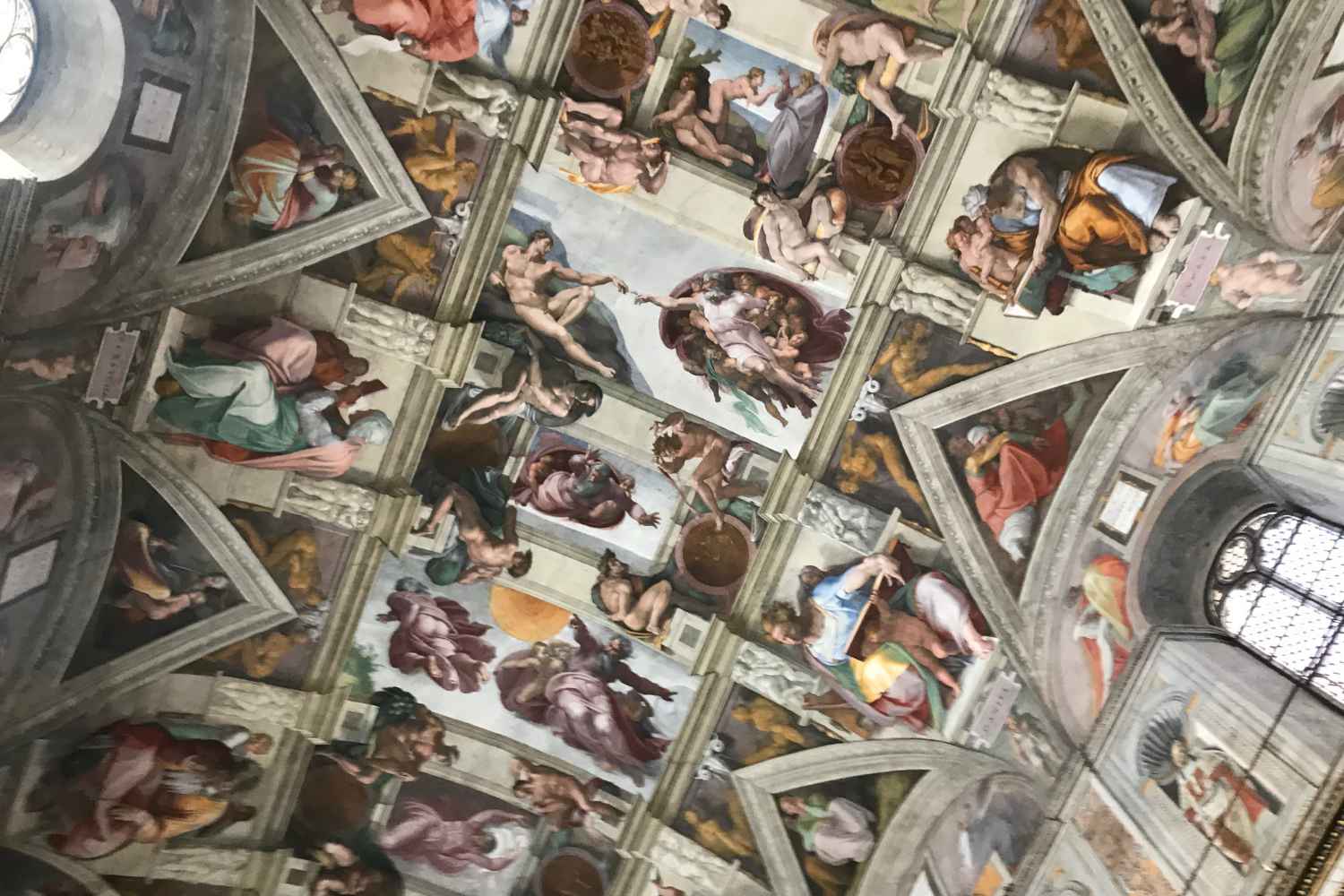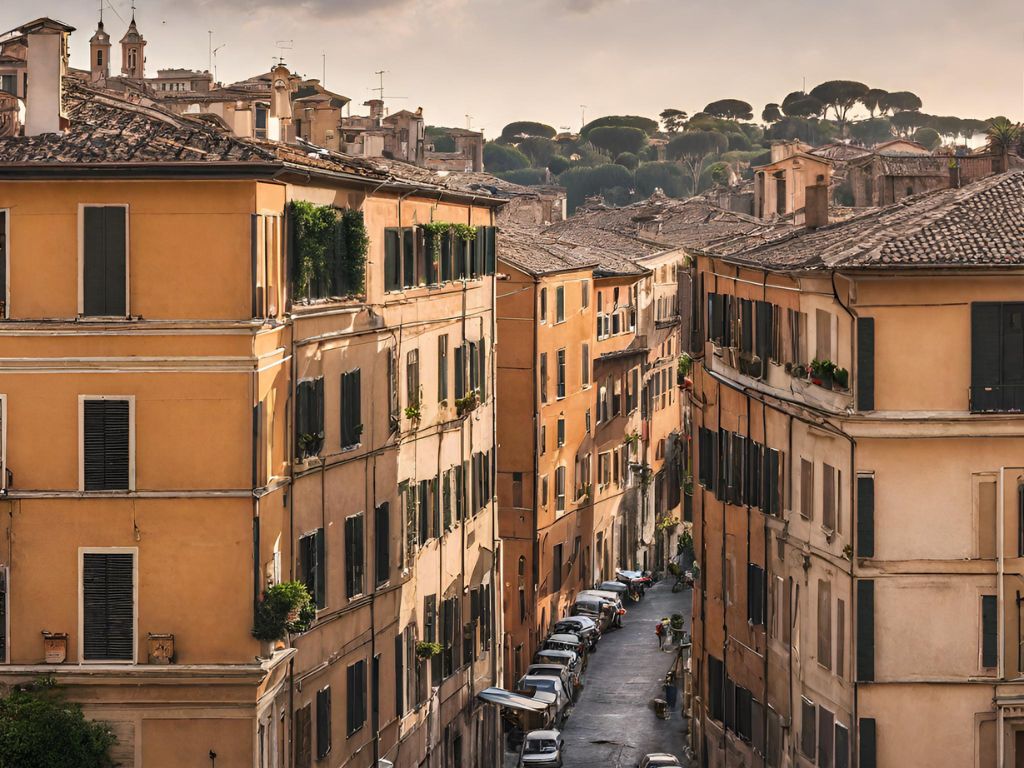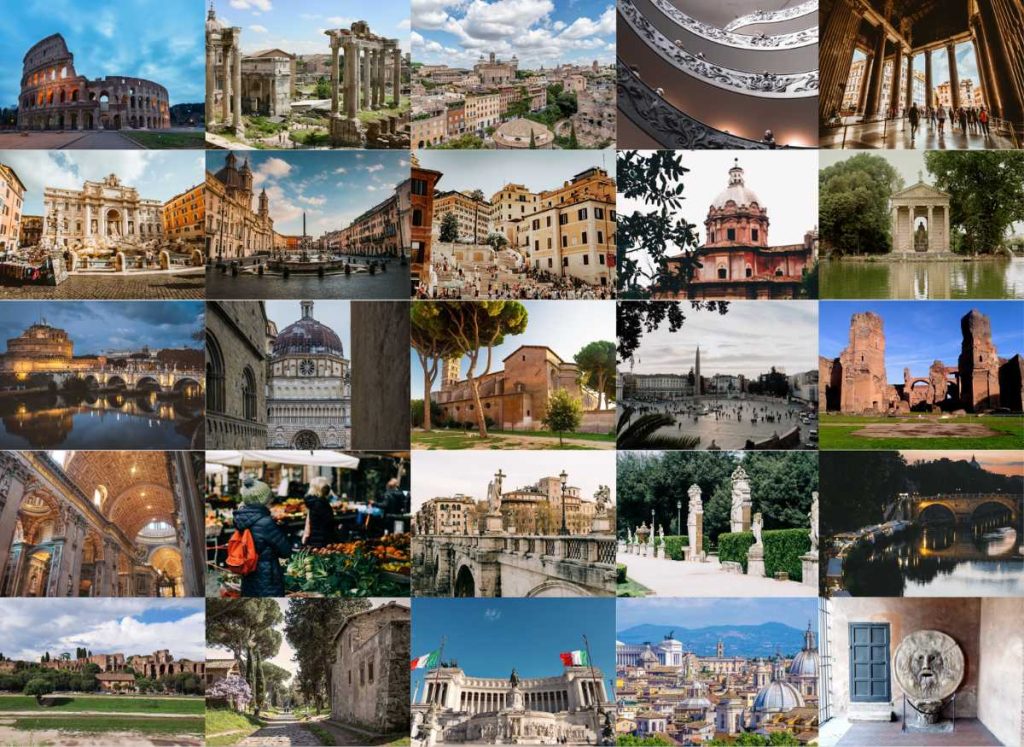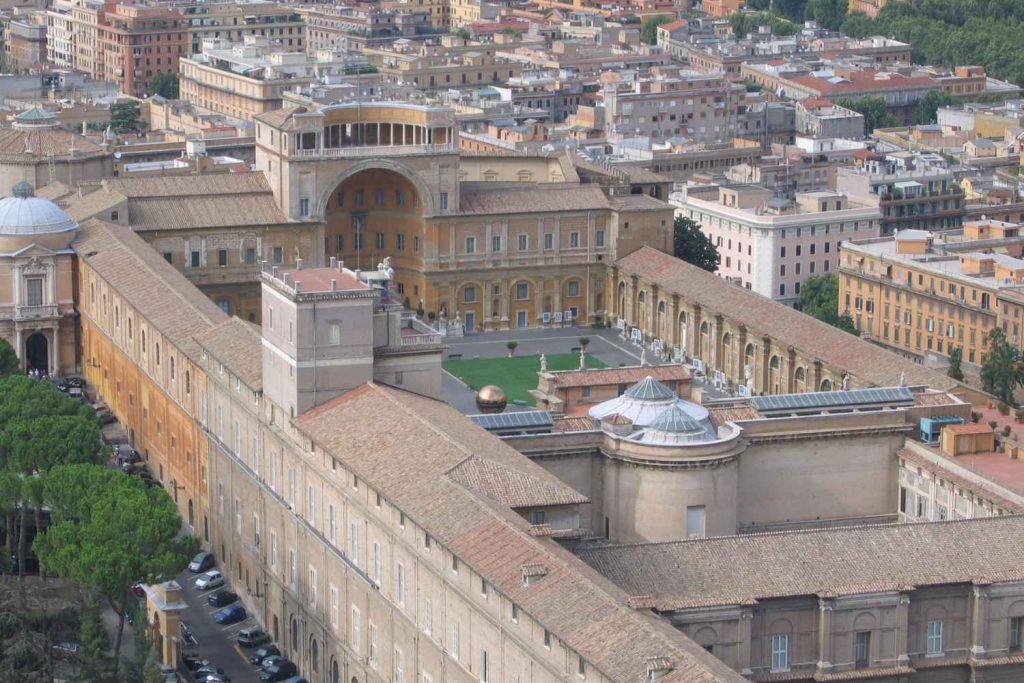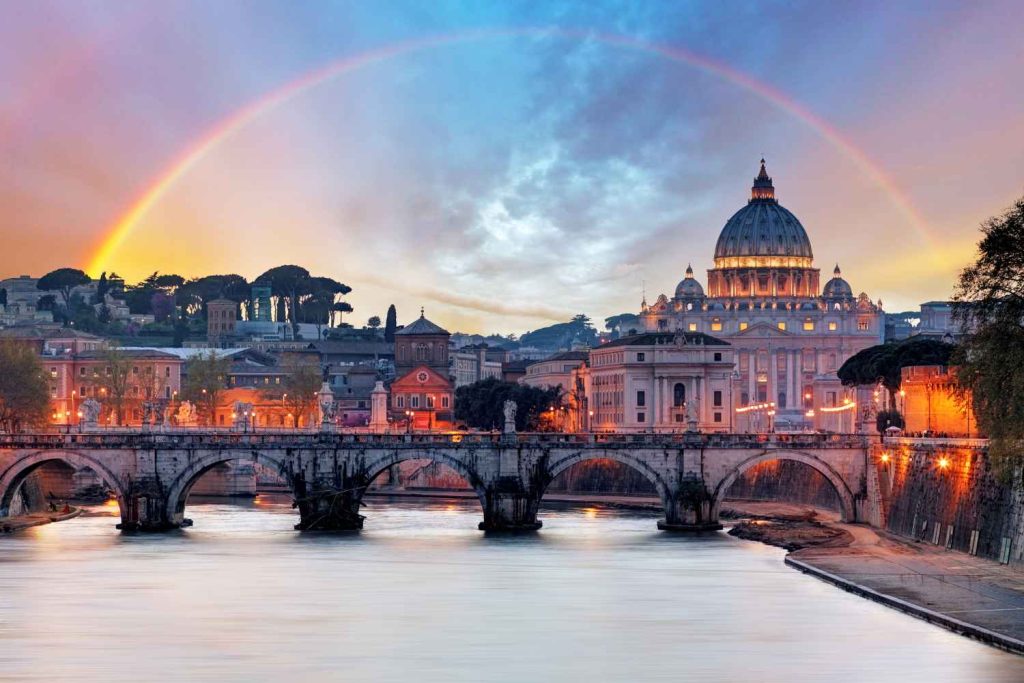The Sistine Chapel, located in Vatican City, is a treasure trove of Renaissance art and holds some of the most iconic masterpieces in the world.
Erected in 1473-81 by the architect Giovanni dei Dolci for Pope Sixtus IV, this papal chapel is renowned for its frescoes, which showcase the artistic genius of Michelangelo and other celebrated painters of the era. These breathtaking works of art not only captivate visitors but also provide an extraordinary window into the theological and artistic narratives that shaped the time.
Among the many splendid frescoes, Michelangelo’s contributions to the Sistine Chapel stand out. His work, which adorns the ceiling and the altar’s west wall, is considered one of the most significant artistic achievements of the High Renaissance. The ceiling consists of nine panels, illustrating stories from the Bible, such as The Creation of the World, The Expulsion of Adam and Eve, and The Story of Noah, with The Creation of Adam being the most acclaimed. Together, the awe-inspiring paintings in the Sistine Chapel serve as a testament to the depth of human creativity and the enduring impact of faith on art and culture.
Visiting the Sistine Chapel offers an unparalleled opportunity to delve into the heart of Renaissance art and appreciate the masterpieces that have stood the test of time. From the intricate details of each fresco to the grandeur of the chapel itself, the experience is both aesthetically and historically enriching.
Magnificent Overview of the Sistine Chapel
The Sistine Chapel, located in Vatican City, is a papal chapel that has become one of the most renowned and transcendent examples of Renaissance art. Completed in the late 15th century, this sacred space has since attracted millions of visitors who marvel at its extraordinary frescoes.
Originally known as the Cappella Magna, this chapel was constructed between 1473 and 1481 under the direction of architect Giovanni dei Dolci for Pope Sixtus IV. In 1508, the celebrated artist Michelangelo was commissioned to create what would become the most iconic artworks of the High Renaissance. It took him four years to complete this ambitious task, transforming the chapel’s ceiling and the wall behind the altar into extraordinary masterpieces.
The chapel’s frescoes are renowned for their intricate details and vibrant colors. Michelangelo’s remarkable talent is evident in his ability to tell complex stories through the vivid portrayal of various biblical scenes and figures. For example, the central theme of the ceiling narrates the stories of Genesis, capturing scenes such as the Creation of Adam, the Fall, and the Great Flood.
In addition to Michelangelo’s paintings, the Sistine Chapel showcases the work of other artistic luminaries of the period. On the side walls, one can witness breathtaking frescoes by artists like Sandro Botticelli and Pietro Perugino, illustrating stories from the life of Moses and Christ.
The magnificent artistic achievements housed within the Sistine Chapel are more than just aesthetically remarkable; they carry great cultural significance as a testament to the religious and artistic values of their time. This iconic sanctuary remains a vital part of the Vatican’s history and serves as an enduring symbol of the creative genius that flourished during the Renaissance.
Genesis Unveiled: Michelangelo’s Frescoes
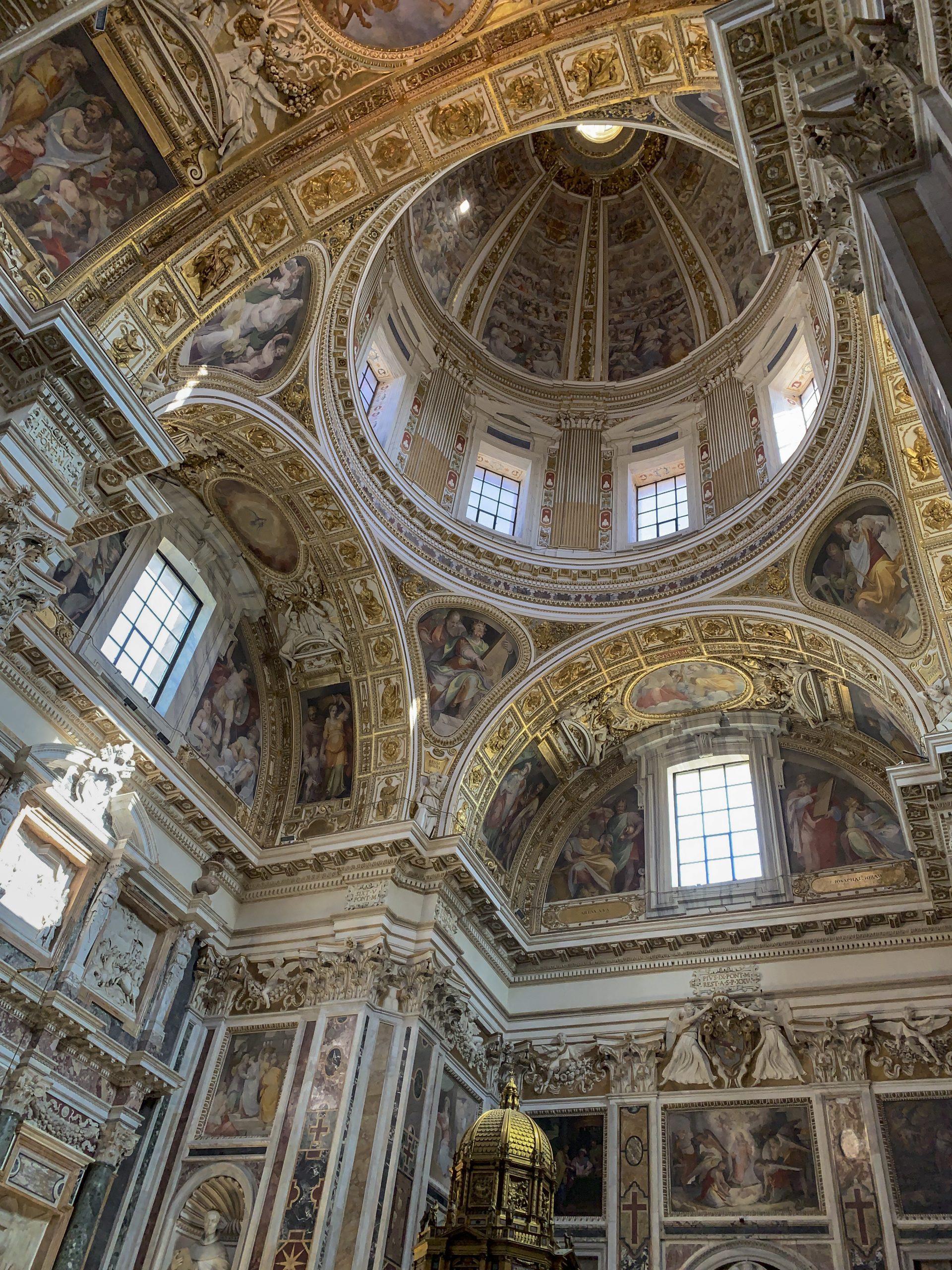
The Majestic Ceiling
The Sistine Chapel, located inside the Vatican, is home to some of the most stunning Renaissance frescoes, painted by Michelangelo between 1508 and 1512. The ceiling of the chapel is adorned with a series of biblical scenes, primarily depicting various episodes from the Book of Genesis. These unprecedented frescoes took Michelangelo over four years to complete and showcase his virtuosity as both painter and sculptor.
The most iconic panel of the ceiling is The Creation of Adam, where God stretches out his hand to give life to Adam. The frescoes tell the story of the Old Testament, starting from God’s creation of the world, passing through the Garden of Eden, and culminating in the Great Flood. Michelangelo used a wet plaster technique, enabling the pigments to be absorbed into the plaster and ensuring the longevity of his artwork.
If you want to learn more about “The Creation of Adam,” here’s an informative and in-depth article from National Geographic.
Surrounding the central narratives are various figures that support the overall composition. These include twelve prophets and sibyls, who foretold the coming of Christ, and ignudi, muscular nude youths, which further demonstrate Michelangelo’s prowess as a sculptor. The four pendentives on the corners feature episodes that show God’s intervention during crises faced by the chosen people in the Old Testament.
The Last Judgement
An additional fresco by Michelangelo, entitled The Last Judgement, focuses on the apocalypse as described in the New Testament. Located on the western wall of the Sistine Chapel, behind the altar, this enormous piece took five years to complete (between 1536 and 1541). The Last Judgement showcases the judgment of the souls by Jesus with the archangels surrounding him, as well as the resurrection of the dead and the damnation of the wicked to hell.
As part of the overall restoration process carried out in the 20th century, extensive cleaning revealed the original vibrancy and depth of color in Michelangelo’s frescoes, allowing the world to appreciate these magnificent works in their full splendor once more. The daring and innovative vision of Michelangelo is irrefutably evident in both the ceiling and The Last Judgement, making the Sistine Chapel an enduring testament to his unparalleled artistic genius.
Contributions of Renowned Artists
The Sistine Chapel, located in the Vatican City, is an architectural marvel and boasts a wealth of art created by some of the most renowned artists of the Italian Renaissance. Among these masters, standout contributions to the frescoes and paintings in the Chapel include works by Pinturicchio, Cosimo Rosselli, Botticelli, Perugino, Luca, Raphael, Domenico Ghirlandaio, and Bartolomeo della Gatta.
Pinturicchio and Cosimo Rosselli were both commissioned for frescoes in the Chapel by Pope Sixtus IV. Pinturicchio, known for his delicate and refined style, contributed to the decoration of the walls with frescoes depicting scenes from the life of Christ and Moses. Cosimo Rosselli, an esteemed Florentine painter, was responsible for painting the Last Supper residing in the Sistine Chapel.
Botticelli and Perugino were two more influential artists who contributed to the beauty of the Sistine Chapel. Sandro Botticelli, a prominent Florentine painter, played a significant role in the decoration of the Chapel, primarily in the painting of the Temptation and The Life of Moses. Pietro Perugino, another famed Italian painter, is known for his masterpiece Christ Giving the Keys to St. Peter, which displays his exceptional ability to convey depth and perspective.
Italian painter and architect Luca and renowned painter Raphael also left their marks on the Sistine Chapel. As the architect of the Chapel, Luca was responsible for laying the groundwork for the stunning artistic creations within its walls. At the young age of 25, Raphael made his significant contribution to the Vatican Palace with the frescoes in the Room of the Segnatura, notably The School of Athens.
Two additional artists, Domenico Ghirlandaio and Bartolomeo della Gatta, contributed to the Sistine Chapel’s magnificent frescoes. Ghirlandaio, an esteemed artist from Florence, crafted frescoes such as The Calling of the First Apostles, showcasing his skill in figure composition. Meanwhile, della Gatta, an accomplished painter and miniaturist, was involved in the design planning and execution of the chapel’s side wall decorations.
Each of these exceptional artists played a crucial role in shaping the artistic heritage of the Sistine Chapel. Their work continues to be admired by visitors from around the world who come to witness the splendors of the Vatican.
Historical Role of Popes and the Church
The Sistine Chapel, a masterpiece of the Renaissance period, owes its magnificence to the tireless efforts of several Popes who held immense power during their time. Together, with the Catholic Church, they contributed to the creation of a breathtaking, spiritual space.
Pope Sixtus IV was the first to heavily influence the construction of the Sistine Chapel, which took place between 1473 and 1481. Sixtus IV gathered some of the most prominent Renaissance artists, such as Botticelli and Perugino, to create frescoes on the chapel’s walls. These works depicted the Life of Christ, the Life of Moses, and various saints related to the Church.
Following Sixtus IV, Pope Julius II continued to significantly impact the chapel’s development. In 1508, he commissioned Michelangelo, a renowned Florentine sculptor and painter, to create the breathtaking frescoes on the chapel’s ceiling. These masterpieces, comprising scenes from the Book of Genesis, are now recognized worldwide for their unparalleled artistic brilliance.
Michelangelo’s work was not only limited to the ceiling but also extended to the western wall, behind the altar. Pope Paul III, Julius II’s successor, commissioned Michelangelo to paint The Last Judgment fresco. This awe-inspiring piece portrays the Second Coming, a central theme in Catholicism, solidifying the Sistine Chapel’s role as a paramount symbol of the Church’s importance.
The College of Cardinals, an integral part of the papal establishment, also plays a significant role in the Sistine Chapel. They gather within the chapel to elect new Popes during papal conclaves, influencing Church decisions to this day. The most recent conclave took place in 2013, resulting in the election of Pope Francis I.
In conclusion, the Sistine Chapel stands as a testament to the vision and guidance of various Popes and the Catholic Church throughout history. Their unwavering commitment to creating a spiritual haven resulted in a magnificent attraction that holds deep religious and artistic significance.
Visiting the Sistine Chapel
The Sistine Chapel, located within the Vatican Museums, is one of the must-see attractions in Rome. Its stunning frescoes by Michelangelo have captivated visitors for centuries. To get to the Sistine Chapel, go to the Vatican Museums entrance at Viale Vaticano, 103. The closest metro stop is Ottaviano on Metro Line A.
Visiting the chapel is easiest if you plan ahead. It is important to note that the Vatican Museums are closed on Sundays, excluding the last Sunday of each month. On these special Sundays, visitors can enjoy free entry to the museums. Keep in mind that this means larger crowds, so it’s a good idea to arrive early.
There are various options for guided tours available, allowing you to experience the magnificence of the Sistine Chapel in more depth. Booking a Vatican Museum tour will not only grant you access to the chapel, but also other treasures of Vatican City. Choose a guided tour that suits your interests and budget.
Here is some key information to keep in mind while planning your visit:
Location: Viale Vaticano, 103, Vatican City
Opening Hours: 9:00 AM – 6:00 PM (Monday to Saturday)
Free Entry: Last Sunday of each month
Metro: Ottaviano (Line A)
During your visit, pay special attention to the Creation of Adam and the Last Judgment, two of Michelangelo’s most revered works. Be sure to follow museum guidelines, such as dressing modestly and maintaining silence in the Sistine Chapel.
With careful planning and consideration for the schedule and rules, your visit to the Sistine Chapel will undoubtedly leave a lasting impression.
This article is part of our series on Vatican City. Explore all the attractions of this fascinating City at the heart of Europe. It’s truly a must-visit if you’re a visitor to Rome.
More articles you might like...
You can find more great Rome content in the following categories;
All about Vatican City Commonly Asked Rome Questions Rome Accommodation Rome Food and Drink Rome History and Culture Rome Neighbourhoods Rome Tours and Must-See Attractions
